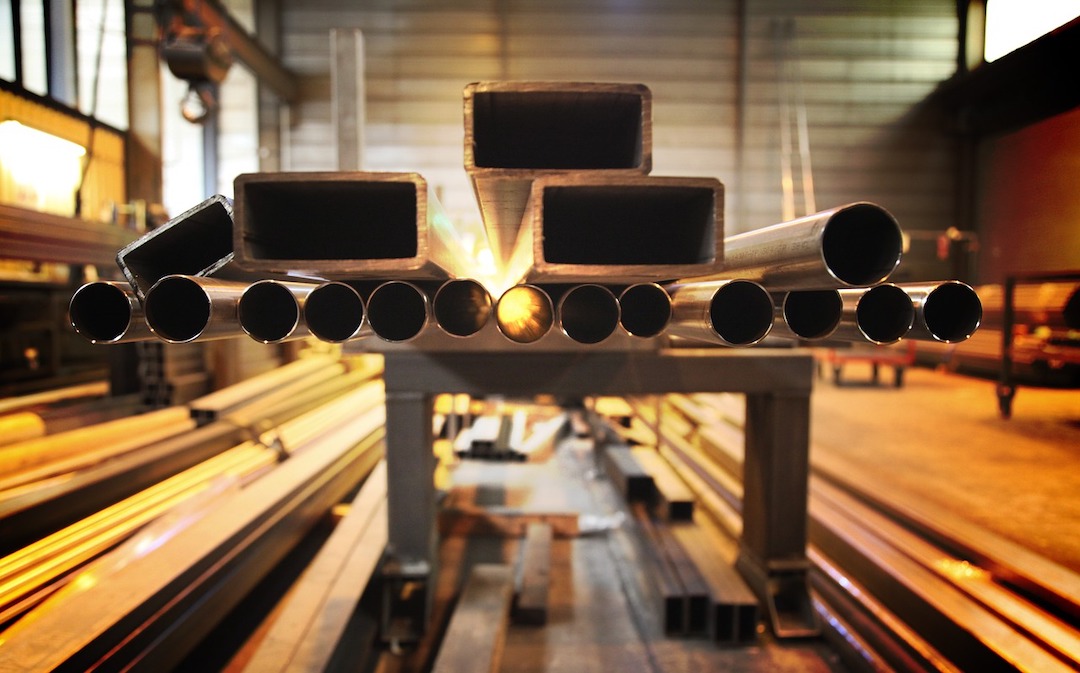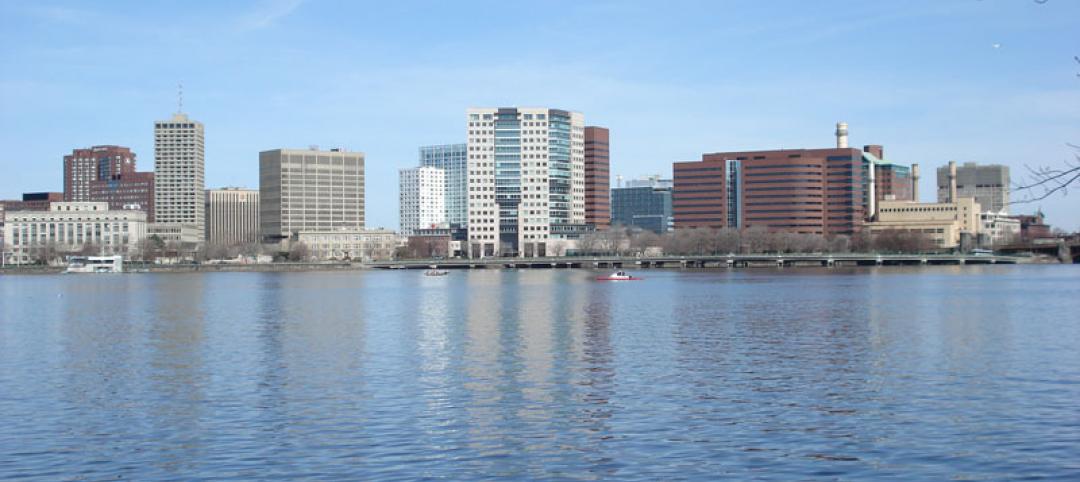The American Institute of Steel Construction (AISC) recently issued a draft of AISC 341, a standard that provides guidance on designing earthquake-resistant steel buildings and it is available for public comments.
The draft standard incorporates new design limits for steel columns based on research conducted by the National Institute of Standards and Technology (NIST) and the University of California San Diego. Using a shake table, researchers identified deficiencies in the performance of a certain type of column, with many test assemblies buckling prematurely.
Based on the findings, the researchers devised new limits for the cross-sectional slenderness of steel columns. “A lot of current design provisions are based on scaled-down column tests or a very small number of full-scale tests,” said NIST structural engineer John Harris in a news release. “But the full-scale testing we conducted has allowed us to begin filling in the knowledge gap regarding the performance of these kinds of columns under extreme loading conditions.”
The draft includes new slenderness limits on columns, with structural steel webs—sized according to the new limit—that could meet drift and stability requirements at the same time. The more stringent limits on steel column webs could soften the blow of earthquakes, potentially saving newly designed buildings from unnecessary damage or partial collapse.
Related Stories
Codes and Standards | Nov 19, 2019
Most U.S. voters support licensing standards for architects
NCARB survey shows strong support for architecture as a licensed profession.
Codes and Standards | Nov 18, 2019
Cambridge, Mass., teams up with utility on energy retrofit program
Buildings large than 25,000 sf targeted in initiative to further carbon neutrality goal.
Codes and Standards | Nov 14, 2019
Resistance to Toronto’s ‘smart city’ reveals pitfalls of such ambitious projects
Concerns over data privacy, governance, feasibility prompt criticism.
Codes and Standards | Nov 13, 2019
Heat pumps, strategic energy management could be next major focuses for efficiency
After lighting, efficiency experts look to new opportunities to boost energy efficiency.
Codes and Standards | Nov 12, 2019
National Infrastructure Performance Council to address ‘national security crisis’
Coalition wants to double annual level of infrastructure investment.
Codes and Standards | Nov 11, 2019
Major cities are adopting new building performance standards
Initiatives can include multiple standards.
Codes and Standards | Nov 11, 2019
U.S. hotel construction pipeline continues its year-over-year growth
In its eighth consecutive quarter of growth, projects currently under construction stand at 1,729 projects/235,278 rooms.
Codes and Standards | Nov 11, 2019
New retrofit design guide for metal roofing published
Metal Construction Association document provides best practices for re-roofing with metal.
Codes and Standards | Nov 8, 2019
New York City among the top hotel construction pipelines in the United States
Hotels presently under construction are at 102 projects/17,504 rooms.
Codes and Standards | Nov 7, 2019
Group focused on using AI for construction safety gains key members
Major contractors join partnership to share data to predict hazards, incidents.

















